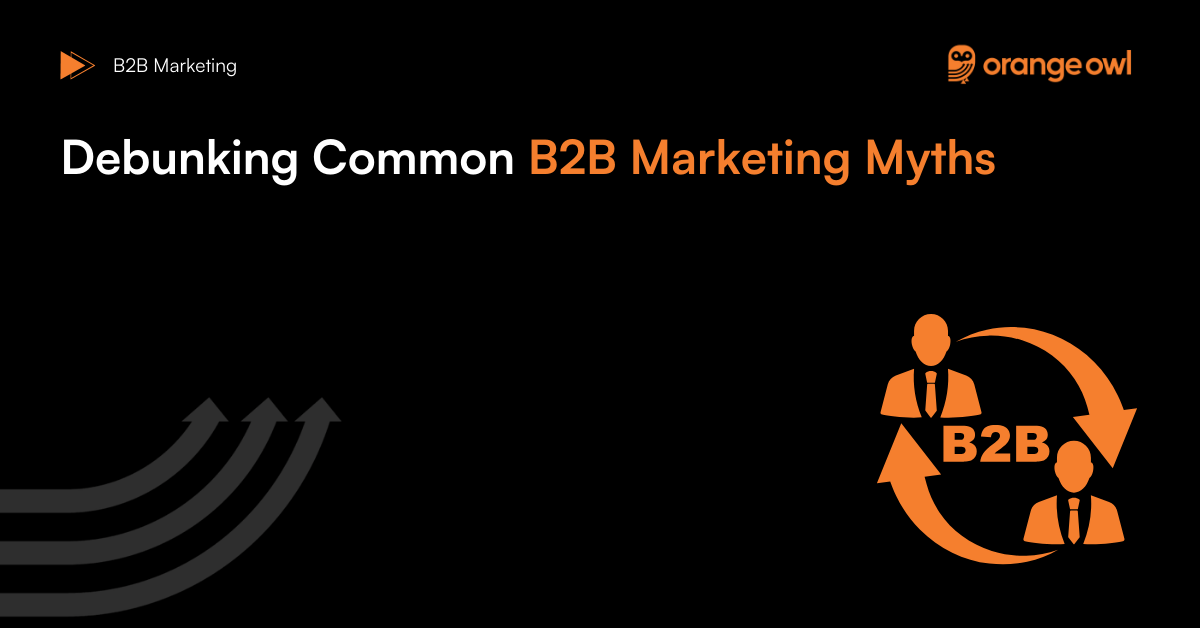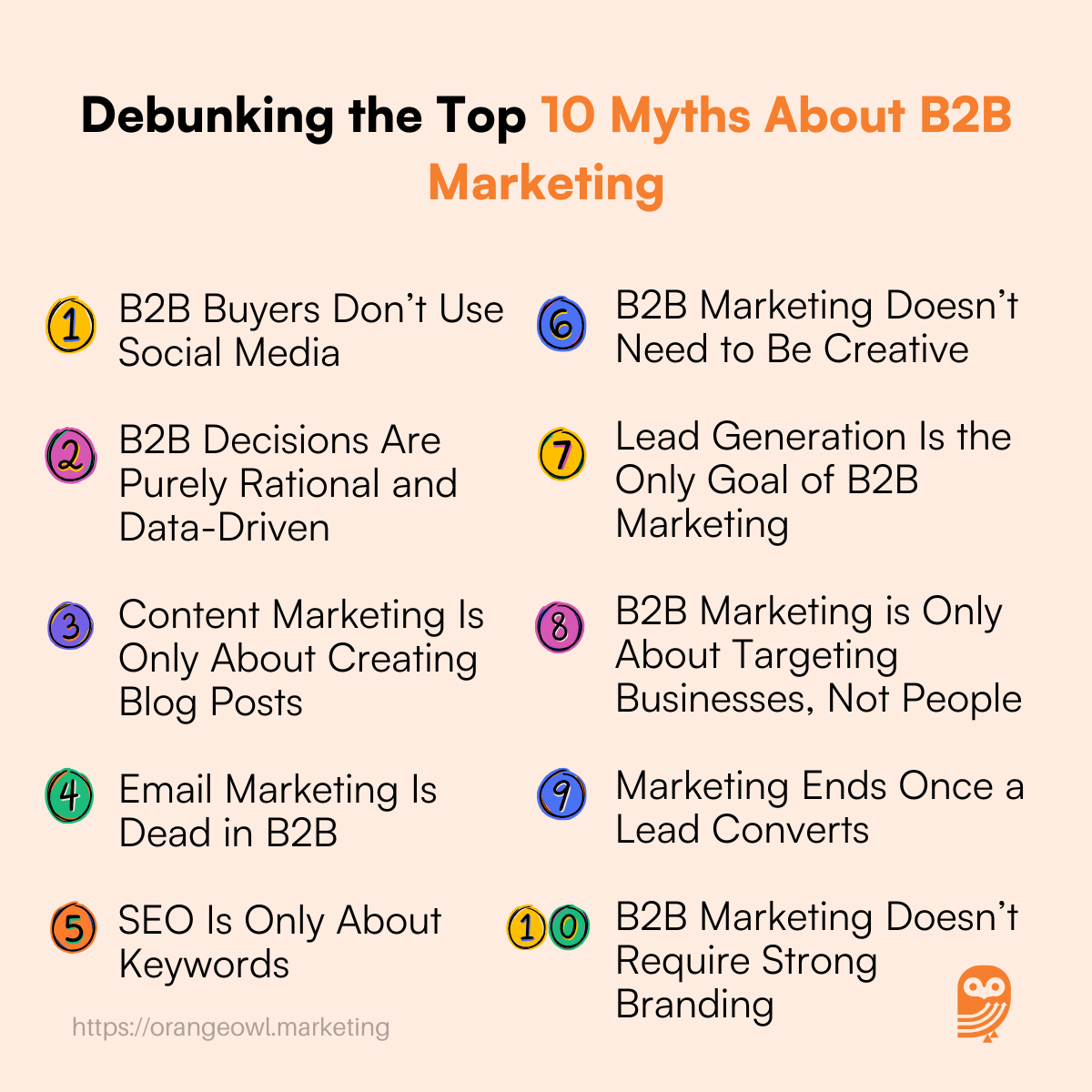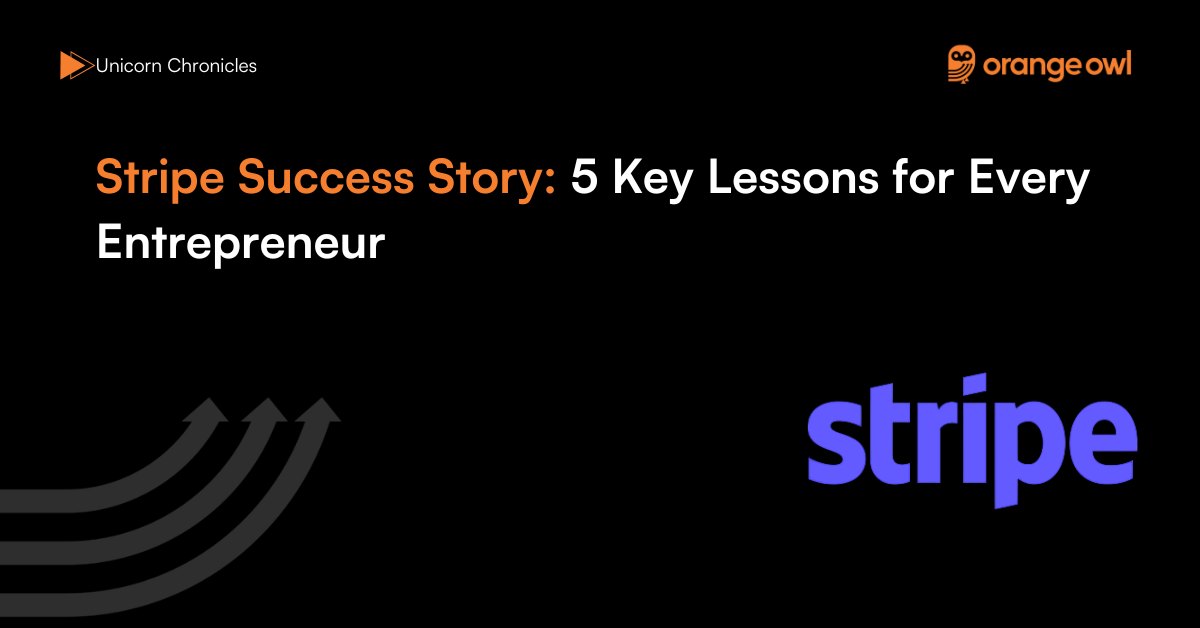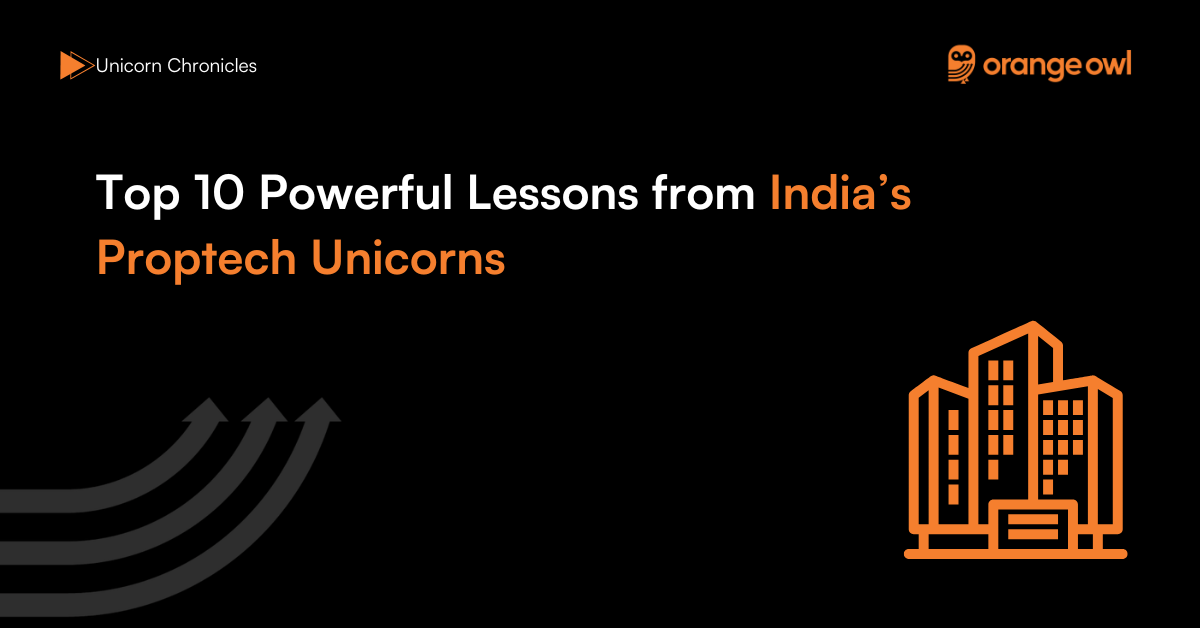Top 10 Common B2B Marketing Myths Debunked
Vivek Goel
December 13, 2024

Table of Contents
Introduction
In the dynamic world of B2B (Business-to-Business) marketing, staying ahead of the curve is critical to maintaining a competitive edge. However, many businesses still operate under a set of misconceptions or myths that can hinder their ability to develop effective marketing strategies. These myths, often based on outdated beliefs or a narrow understanding of modern marketing tactics, can lead businesses to waste resources on ineffective strategies, miss opportunities, and fail to engage their target audience in meaningful ways.
Understanding and debunking these myths is the first step toward refining your B2B marketing approach. The truth is that B2B marketing is no longer a simple, straightforward process; it is a multifaceted and evolving field that demands creativity, strategic thinking, and adaptability. Whether it’s the role of social media in B2B buying decisions or the importance of emotional connections in business purchases, it’s crucial for marketers to grasp the real dynamics that shape decision-making and buyer behaviour in today’s marketplace.
This blog explores some of the most common B2B marketing myths, providing clarity on how these misconceptions hold businesses back and offering evidence-backed insights on how to approach B2B marketing more effectively. By doing so, we will arm you with the knowledge needed to refine your marketing strategy and achieve better results. From harnessing the power of social media to recognizing the emotional drivers behind B2B purchases, understanding these truths can set your business on the path to success.
Debunking the Top 10 B2B Marketing Myths
Myth 1: B2B Buyers Don’t Use Social Media
One of the most widespread myths in B2B marketing is that social media is only relevant for Business-to-Consumer (B2C) brands and that B2B buyers don’t use these platforms for decision-making or research.
Debunked:
B2B buyers do use social media—just not in the same way B2C audiences do. 75% of B2B buyers use social media to inform purchasing decisions. Platforms like LinkedIn, Twitter, and even YouTube are frequently used for learning about new technologies, reading industry insights, and engaging with thought leaders. For example, IBM has used LinkedIn’s sponsored content to promote thought leadership articles and case studies, which has helped increase its visibility and generate leads from key decision-makers.
Fact: 75% of B2B marketers choose LinkedIn over other social media platforms for paid media

Myth 2: B2B Decisions Are Purely Rational and Data-Driven
Another myth is that B2B purchasing decisions are strictly rational, with little room for emotions or human biases. While it’s true that B2B buyers often need to justify their decisions to others within the company, human emotions still play a significant role in the decision-making process.
Debunked:
B2B decisions involve multiple stakeholders, many of whom bring emotional elements into the process. Even in a business context, individuals make decisions based on trust, relationships, and perceived value. Emotional intelligence is crucial in B2B marketing, particularly when dealing with long sales cycles and complex purchasing decisions.
Example:
Take Salesforce as an example. While Salesforce offers a highly sophisticated CRM system, its marketing emphasizes how its platform improves business relationships and drives human-centric growth. This messaging appeals to emotions and long-term business goals, not just hard numbers.
Fact:
A study from Harvard Business Review revealed that 50% of B2B decision-makers believe emotional factors influence their purchasing decisions just as much as logical, data-driven considerations.
Myth 3: Content Marketing Is Only About Creating Blog Posts
Many B2B marketers fall into the trap of thinking that content marketing is solely about creating blog posts. While blogs are indeed important, content marketing in the B2B space is much broader and more complex than that.
Debunked:
Content marketing in B2B includes a variety of formats: case studies, whitepapers, videos, podcasts, infographics, webinars, and more. Different types of content are needed to meet buyers at various stages of their journey, from awareness to consideration to decision-making.
Example:
HubSpot, a leading B2B company, utilizes a wide array of content, from blog posts to ebooks, online courses, and even their own video series. This multi-channel approach ensures that HubSpot engages with buyers in a personalized manner, aligning content with the buyer’s stage in the journey.
Fact:
According to the Content Marketing Institute, 91% of B2B marketers use content marketing to reach their audience, and 70% report increased engagement from content over the previous year.
Myth 4: Email Marketing Is Dead in B2B
There’s a common misconception that email marketing is no longer effective in B2B marketing, especially with the rise of newer, more innovative marketing channels like social media and AI-driven technologies.
Debunked:
Email marketing is very much alive in B2B, especially when it is personalized, targeted, and part of a broader multi-channel strategy. In fact, email remains one of the most powerful channels for lead nurturing and conversions in B2B marketing.
Example:
Mailchimp, a popular email marketing platform, demonstrates the power of email in B2B by showing how their targeted email campaigns helped companies generate a high ROI. They use personalized segmentation to ensure that the right message reaches the right people at the right time, whether it’s for onboarding, promotions, or seasonal updates.
Fact:
According to a report from MarketingProfs, 93% of B2B marketers use email to distribute content, and 40% of them cite email as one of their most effective channels for lead generation.
Myth 5: SEO Is Only About Keywords
Many marketers still believe that SEO is about finding the right keywords and placing them on your website. While keywords are important, SEO is far more nuanced than simply inserting them into your content.
Debunked:
SEO encompasses a broad range of strategies, including technical SEO, user experience optimization, backlinks, and content relevance. Google’s algorithms have become far more sophisticated, considering factors like site speed, mobile responsiveness, and content quality, not just keyword density.
Example:
Moz, a leader in SEO software, emphasizes the importance of quality content and backlinking in SEO strategies. Their website is designed to perform well in search engines, not just because of keyword optimization but because of its rich, valuable content and technical structure.
Fact:
A Backlinko study found that pages with high-quality backlinks rank higher on search engine results pages (SERPs) than pages with lower-quality or no backlinks.
Myth 6: B2B Marketing Doesn’t Need to Be Creative
Some businesses believe that B2B marketing must be purely professional, and creativity should take a back seat. However, the reality is that creativity can help B2B brands stand out in a crowded market, engage audiences, and leave a lasting impact.
Debunked:
Even in B2B marketing, creativity plays an essential role in crafting compelling, memorable campaigns. Creativity in B2B can be applied to storytelling, visuals, branding, and innovative digital experiences that captivate your audience.
Example:
Slack, the team collaboration software company, disrupted the B2B space with its creative and engaging approach to marketing. Their humorous ads, unique branding, and creative product demonstrations have made them one of the most recognized names in the B2B SaaS market.
Fact:
73% of marketers say creativity is one of the most critical factors for driving success in digital marketing, including B2B marketing.
Myth 7: Lead Generation Is the Only Goal of B2B Marketing
Lead generation is crucial, but it isn’t the end-all and be-all of B2B marketing. Focusing exclusively on leads can cause companies to overlook the long-term relationship-building aspect of B2B marketing.
Debunked:
While lead generation is important, B2B marketing should also focus on nurturing leads, building relationships, and creating customer loyalty. The long sales cycle in B2B requires ongoing engagement and trust-building to convert prospects into loyal customers.
Example:
Salesforce is known for its effective lead-nurturing strategies, using automated email sequences and personalized content to keep prospects engaged long after the initial contact.
Fact:
According to Gartner, 80% of B2B leads never convert into customers, but those that are nurtured through consistent engagement have a much higher chance of converting over time.
Myth 8: B2B Marketing is Only About Targeting Businesses, Not People
A common misconception is that B2B marketing targets organizations as entities rather than the individuals within those organizations who make purchasing decisions.
Debunked:
While B2B marketing aims to sell to businesses, it’s essential to remember that people within those businesses are the decision-makers. Marketing strategies must address the needs, pain points, and motivations of these individuals. Building personal connections and trust with key stakeholders is vital to success.
Example:
Adobe uses personalized account-based marketing (ABM) campaigns to target specific individuals in key roles within organizations. By tailoring their messaging to resonate with these individuals’ unique challenges, Adobe fosters stronger connections and higher engagement rates.
Fact:
According to Gartner, 77% of B2B buyers describe their purchase process as being very complex or difficult, highlighting the importance of targeting individuals with personalized strategies.
Myth 9: Marketing Ends Once a Lead Converts
Many believe that once a lead is converted into a paying customer, marketing’s role is complete, and it’s up to sales or account management to maintain the relationship.
Debunked:
The customer journey doesn’t end at conversion. Retaining customers and turning them into advocates requires ongoing marketing efforts, including loyalty programs, thought leadership content, and personalized engagement. Customer retention and satisfaction are as crucial as lead generation in B2B.
Example:
Zendesk offers extensive post-purchase support through webinars, customer success stories, and detailed guides, ensuring long-term satisfaction and retention among their clients.
Fact:
Forrester Research reports that increasing customer retention by just 5% can lead to a 25-95% increase in profits, demonstrating the value of ongoing engagement.
Myth 10: B2B Marketing Doesn’t Require Strong Branding
Some B2B marketers believe that branding is secondary to other marketing activities, as B2B buyers focus solely on product features and ROI.
Debunked:
Strong branding is just as important in B2B as it is in B2C. A consistent, credible, and memorable brand builds trust and recognition, making it easier to attract and retain customers. Branding helps differentiate a company in competitive markets and creates emotional resonance with decision-makers.
Example:
Microsoft’s B2B branding emphasizes innovation and empowerment, positioning the company as a trusted partner in digital transformation. Their branding efforts, from ads to events, showcase their expertise and reliability.
Fact:
A study by B2B International found that 77% of B2B marketers believe branding is essential for growth in their industry.
B2B Marketing Myths: Conclusion
In B2B marketing, challenging these myths is the first step toward building a more effective, results-driven strategy. By embracing new perspectives and focusing on the broader picture—whether through creative approaches, diverse content, or understanding the emotional aspects of decision-making—B2B marketers can achieve greater success. Understanding the facts and adapting to changing trends is the key to staying ahead in an increasingly competitive landscape. Let go of outdated beliefs, and embrace a data-driven, relationship-oriented approach to B2B marketing!
Frequently Asked Questions (FAQs) On B2B Marketing Myths
Yes, social media is incredibly useful for B2B marketing, though its application differs from B2C. Platforms like LinkedIn, Twitter, and even YouTube offer significant opportunities for B2B companies to connect with decision-makers, showcase thought leadership, and generate leads. For instance, LinkedIn allows B2B marketers to create highly targeted ads aimed at specific roles or industries, which is invaluable for reaching the right audience. Twitter can be leveraged for real-time industry discussions, while YouTube is excellent for sharing product demonstrations or educational content.
Pro Tip: Focus on creating engaging, industry-relevant content and participate actively in discussions to establish credibility.
While logic and data are critical in B2B decisions, emotional factors also play a significant role. Decision-makers often consider how a product or service aligns with their company’s goals, reputation, and even their personal values. For example, a sustainable business model or exceptional customer support can emotionally resonate with buyers and influence their decisions. Emotional connections also help in building long-term relationships, which are crucial in B2B sales.
Actionable Insight: Use storytelling in your marketing to demonstrate not just the functional benefits of your product but also its impact on people and businesses.
No, email marketing remains one of the most effective tools for B2B marketing. It is particularly effective for lead nurturing, providing valuable content, and maintaining engagement throughout long sales cycles. With personalization and segmentation, email campaigns can address the unique needs of different audience segments, leading to higher open and conversion rates.
Example: A well-segmented email list allows you to send technical whitepapers to engineers and ROI-focused case studies to CFOs, ensuring your message resonates with each audience.
SEO for B2B marketing extends far beyond keyword usage. It includes optimizing website speed, mobile-friendliness, content relevance, and acquiring quality backlinks. Technical SEO is equally important to ensure that search engines can efficiently crawl and index your site. Moreover, content strategies that focus on answering complex questions or addressing pain points can significantly boost your site’s ranking.
Practical Tip: Conduct in-depth keyword research to identify long-tail keywords that match your audience’s search intent and create high-value content around those terms.
Content marketing in B2B encompasses a wide variety of formats, including whitepapers, infographics, webinars, podcasts, and case studies. Each format serves a different purpose within the buyer’s journey. For instance, blog posts may generate awareness, while case studies and whitepapers help during the consideration and decision stages.
Advice: Map your content to the buyer’s journey. Use blog posts for discovery, webinars for engagement, and case studies for decision-making.
While lead generation is important, B2B marketing should also emphasize lead nurturing, customer retention, and brand loyalty. Building strong, ongoing relationships is vital for the long sales cycles common in B2B industries. Regular engagement with existing customers through personalized content, loyalty programs, or exclusive webinars can drive retention and advocacy.
Fact: Loyal customers are often the best advocates and can significantly increase your word-of-mouth referrals.
B2B buyers are not immune to emotional influences. Factors like trust, brand reputation, and the perceived value of the solution often sway decisions. Marketing campaigns that emphasize problem-solving, innovation, or the human impact of a product can appeal to these emotional drivers.
Case Study Example: Salesforce’s marketing emphasizes how their CRM improves team collaboration and customer relationships, appealing to both emotional and logical factors.
Strong branding is essential in B2B marketing. A cohesive and recognizable brand creates trust, differentiates your company in a crowded market, and fosters loyalty. Branding extends beyond visuals to include tone of voice, customer experience, and company values.
Example: IBM’s branding emphasizes trust, innovation, and enterprise-level solutions, positioning them as a global leader in technology.
Absolutely! Creativity helps B2B brands stand out in saturated markets. Innovative campaigns, visually appealing content, and engaging storytelling can make even complex solutions more relatable and memorable.
Example: Slack used humor and vibrant visuals to market its collaboration tool, successfully gaining traction in a traditionally staid industry.
No, marketing should continue even after conversion to ensure customer satisfaction, retention, and advocacy. Post-sale engagement activities like onboarding emails, feedback surveys, and exclusive customer benefits help maintain a positive relationship.
Pro Insight: Develop a post-sale strategy that includes regular communication and added value to keep your customers engaged and loyal.


